#hamadryas baboon
Text
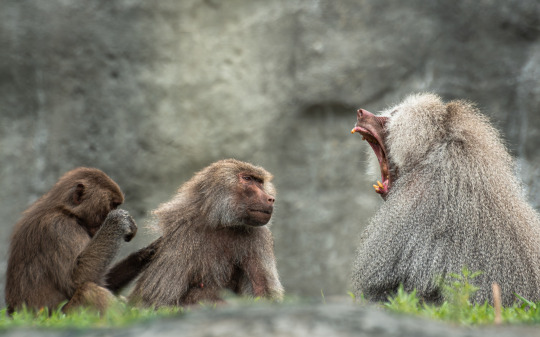
My first experience with the Hamadryas baboon...I don't know if I have the words. Seemingly otherworldly but so familiar at the same time. Genuinely such an incredible animal to witness. I'll have more to share on them later.
.
Photographed at the North Carolina Zoo
#hamadryas baboon#animals#photographers on tumblr#photography#north carolina zoo#zoo portraits#animal portraits#baboons#monkeys#old world monkey
36 notes
·
View notes
Text
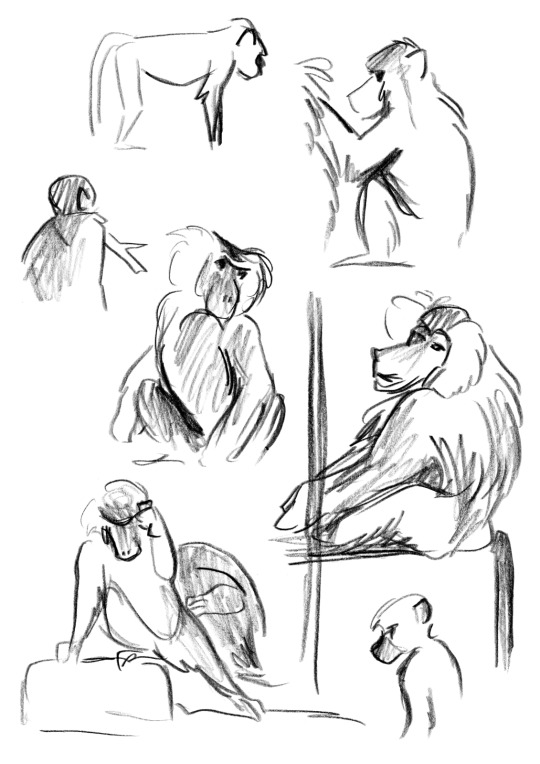
Baboons
43 notes
·
View notes
Text

Via Wild Memes for Ecological Fiends
322 notes
·
View notes
Text
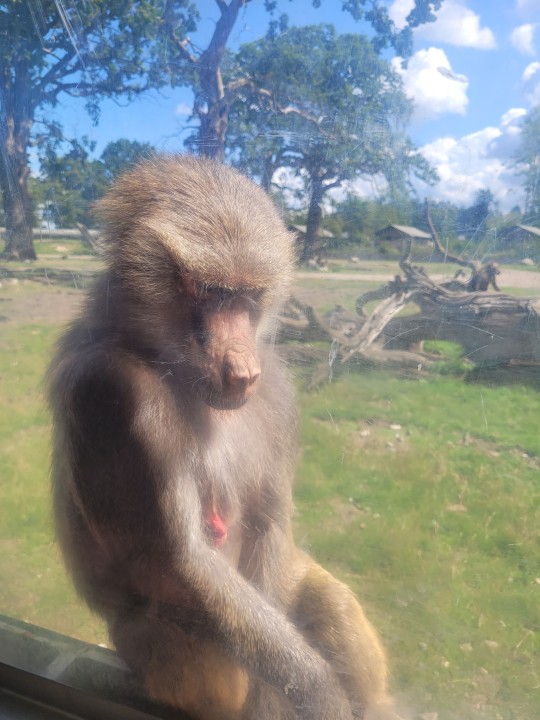
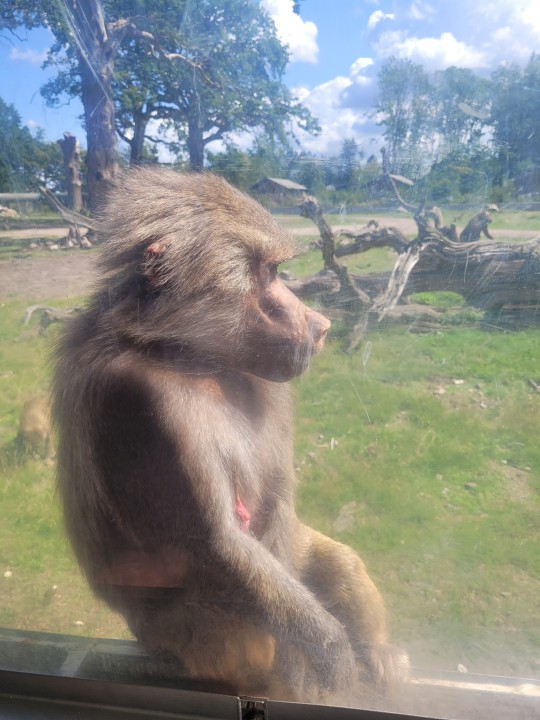
📸 me
📍 Knuthenborg Safaripark, Denmark
21 notes
·
View notes
Text
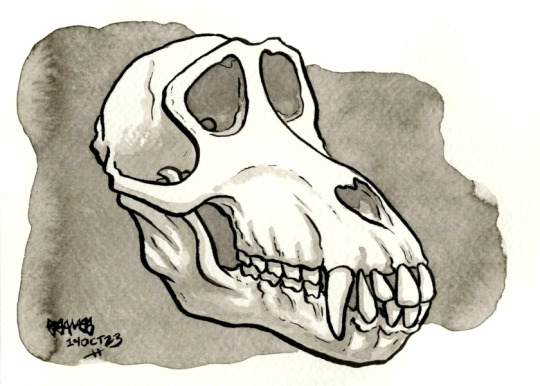
Skulltober day 14: hamadryas baboon
Ink, 7 x 5 inches
JoJo Seames, 2023
#skull#skeleton#drawtober#skulltober#baboon#hamadryas baboon#art#illustration#ink#drawing#ink drawing#jojo seames
16 notes
·
View notes
Text
Monkey business as promised
Hapy, one of the four sons of Horus and guardian of the lungs.
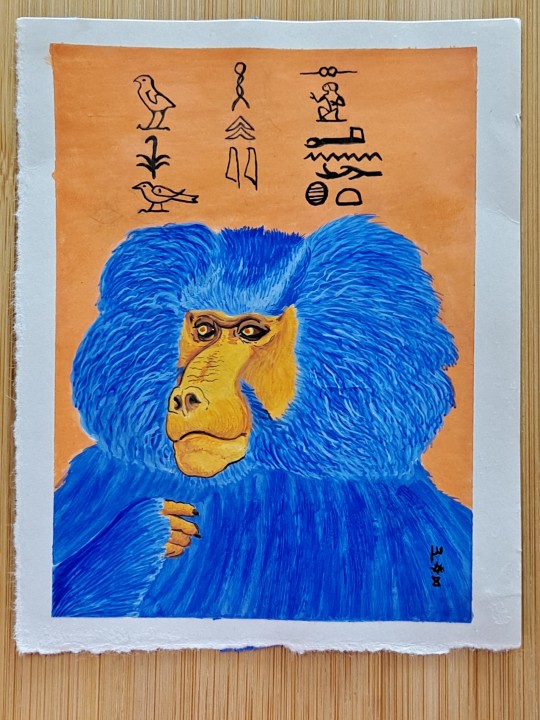
36 notes
·
View notes
Text

Hamadryas baboon (Papio hamadryas)
Baboons are almost entirely terrestrial monkeys, living in arid savanna. The Hamadryas is found in the mountainous regions on either side of the Red Sea, including Ethiopia, Yemen, and other nearby countries. It eats grasses and leaves, as well as a variety of small animals. It was once found as far north as Egypt, where it held great cultural significance for the ancient civilisations there.
#markhors-menagerie#primates#old world monkeys#monkeys#animal facts#fun facts#animals#biology#baboon#hamadryas baboon
9 notes
·
View notes
Text

1️⃣1️⃣5️⃣
4 notes
·
View notes
Text

Baboon With Balloon
This sketch of a male Hamadryas Baboon holding a balloon is a little something that I've had in the back of my head for a while. It's for an idea for an alphabet book featuring animals with items that sound similar to them. I'm not sure what the correct word is because these words don't technically rhyme. The last one that I ever did on my list was "Stoat with a Stout".
6 notes
·
View notes
Text
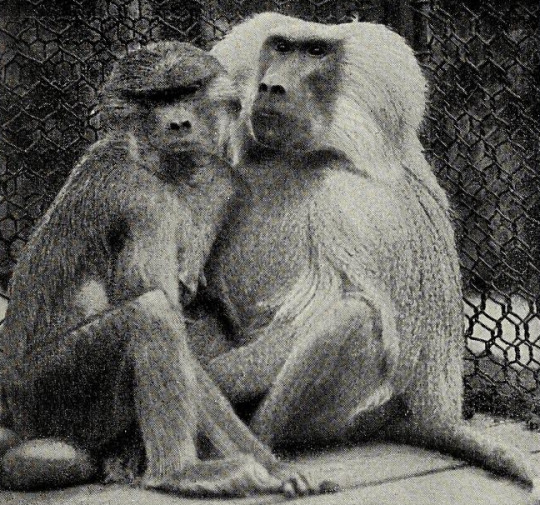
Hamadryas baboon
By: A. Karl Schuster
From: Brehms Tierleben
1922
#captivity#hamadryas baboon#baboon#old world monkey#primate#mammal#1922#1920s#A. Karl Schuster#Brehms Tierleben
4 notes
·
View notes
Video
Hamadryas Baboon (Papio hamadryas) by Jose Matutina
Via Flickr:
The hamadryas baboon is a species of baboon from the Old World monkey family. It is the northernmost of all the baboons, being native to the Horn of Africa and the southwestern tip of the Arabian Peninsula. These regions provide habitats with the advantage for this species of fewer natural predators than central or southern Africa where other baboons reside. The hamadryas baboon was a sacred animal to the ancient Egyptians and appears in various roles in ancient Egyptian religion, hence its alternative name of 'sacred baboon'.
10 notes
·
View notes
Text
Hamadryas Baboon vs Gelada - Which is more powerful?
Hamadryas Baboon vs Gelada - Which is more powerful?
Compared to the gelada, the baboon is more ape-like in structure, with a muscular and compact build shorter, thicker limbs that are longer in the front.
#HamadryasBaboon #Gelada #Baboon #Monkeys #Apes
Baboon vs Gelada – Who would win a fight between these two awesome monkeys?
Baboons and geladas are some of the most fascinating monkeys on our planet. Both live in sub-Saharan Africa.
In order to have a fair fight, we will consider today one of the smallest species of baboon, Hamadryas.
Once revered by Ancient Egyptians as representatives of the Egyptian god of learning, hamadryas baboons are…

View On WordPress
2 notes
·
View notes
Text
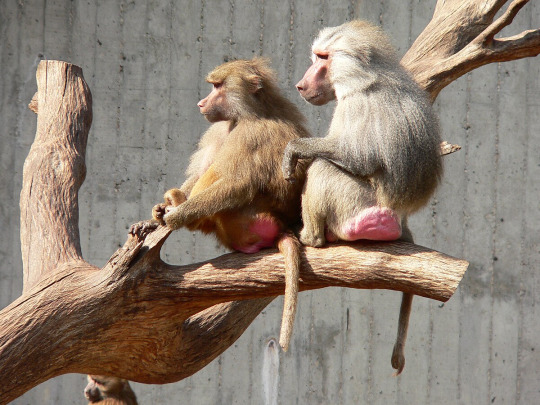
older brother vibes
credit:
Manuel González Olaechea
1 note
·
View note
Note
i've been watching a LOT of nature documentaries, particularly anything related to primates because they've been a major interest to me as of late. i've watched a few centred around the hamadryas baboon and i have some questions that i hope aren't too complex.
why are they like that?? particularly the males. i haven't gotten around to learning about every species, but they seem to be the most extremely aggressive group so far. but what i really mean is, is there any actual reason they behave in such a way? they are very cruel to females and babies and seem to be outright vicious. are they just like that with no actual reason/answer?
sorry if this is difficult but while their behaviours and practices freak me out, i also find myself very interested in them. i hope to learn more about them beyond film documentaries.
Reminder that when we observe animals, we must move away from our own culture and values and instead view the animals objectively. Viewing their behavior as 'cruel' and 'vicious' is blocking you from actually seeing the behavior. Empathy can be valuable for humans; we see something scary or harmful and we become fearful and don't want to see suffering. But baboons live their lives differently and while their ways may seem shocking and harsh to us, our ways may seem unorganized and bad for survival to baboons.
I love hamadrayas baboons and wonder where you have seen this behavior that troubles you. Hamadrays baboons are often attentive parents and protect his troop. If you've seen chasing, striking, or food guarding behaviors; that's his job as leader. He must teach the youngsters their role in the group, protect his right to the largest share of food, and mitigate conflict in the troop. Squabbles will be settled by chasing or physical means but that doesn't mean the baboon is being vicious.
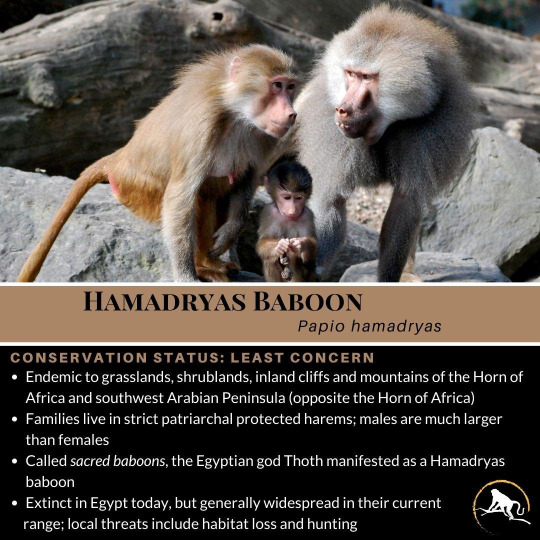
Hamadrayas baboons are the only baboon species that live in Single Male Units. The male must maintain order in the troop, ward off predators or challengers, and comfort the troop as well. Social grooming is extremely important for building relationships. Teeth-chattering and lip-smacking are considered reassurance behaviors, and are usually performed by dominant males as a sign of comfort. Dominant males may also produce a two-phase bark to ward of predators and other male baboons.
The male mates with the females of the troop, and they in turn spend their time grooming him. The lifestyle of the baboons includes a patriarchal power system: the male keeps the group in check, protects the females, and would not benefit from harming the females of his troop. Females can and do leave their male in search for a different troop if she isn't satisfied with him as a leader.
Offspring are protected by both parents and the male can often be seen playing with the young and giving them a great deal of attention. Other baboons may attempt to kidnap the young, so the male will be invested in protecting, not harming, the offspring. He will use physical means of discipline to ensure the youngsters have proper social skills and an understanding of baboon body language. A youngster who isn't socially competent may accidentally find themselves in a very serious fight so it's important they understand troop dynamics at a young age.
Hopefully, this helps you understand hamadrayas baboon behaviors a little better. Next time you see an animal behave in a way that shocks you, think about how that behavior may benefit the survival of the individual or troop. Many primates act in ways humans find alarming. We tend to view them as Human-Lite and apply our morals to their behaviors, which benefits no one and reduces our understanding of our primate cousins.
Sources: X X
47 notes
·
View notes
Text
The animal exercises of the Little Shop of Horrors characters
(Animal exercises are when an actor takes inspiration from the mannerisms of a particular animal while playing a character in a play in order to highlight their personality and give them depth. The animals listed below are moreso their spirit animals, but animal exercises sound cooler. And they could totally be used as their actual animal exercises in a production of the Little Shop play... for the most part anyway.)
Audrey: Hamadryas baboon (The females are submissive and complacent to the abusive male that leads the harem they're in, but they can unlearn this and flourish if placed in a group/society of a closely related species that doesn't have harems or unbalanced gender dynamics.)
Seymour: Angler fish (If you know how the males work then this is pretty self-explanatory and very on-brand for everyone's favorite murderous hopeless romantic plant nerd.)
Orin: Rooster (Just... look at him moving around for like two seconds.)
Twoey: Cobra (His vines are snake-like and he eats people whole, he also trapped Seymour like a snake wrapping around their prey and tricked him like a certain snake in a certain 2000 year old book.)
Mr. Mushnik: Owl (I associate them with aloofness and being fed up with everyone else.)
#proship#proshipper safe#lsoh#little shop of horrors#seymour lsoh#audrey lsoh#orin lsoh#lsoh twoey#mr. mushnik#lsoh headcanons#theatre#musical theatre#theater#musical theater#animal exercises#hamadryas baboon#angler fish#rooster#cobra#owl#personal post
1 note
·
View note
Text
Hamadryas Baboons at San Diego Zoo in San Diego
0 notes